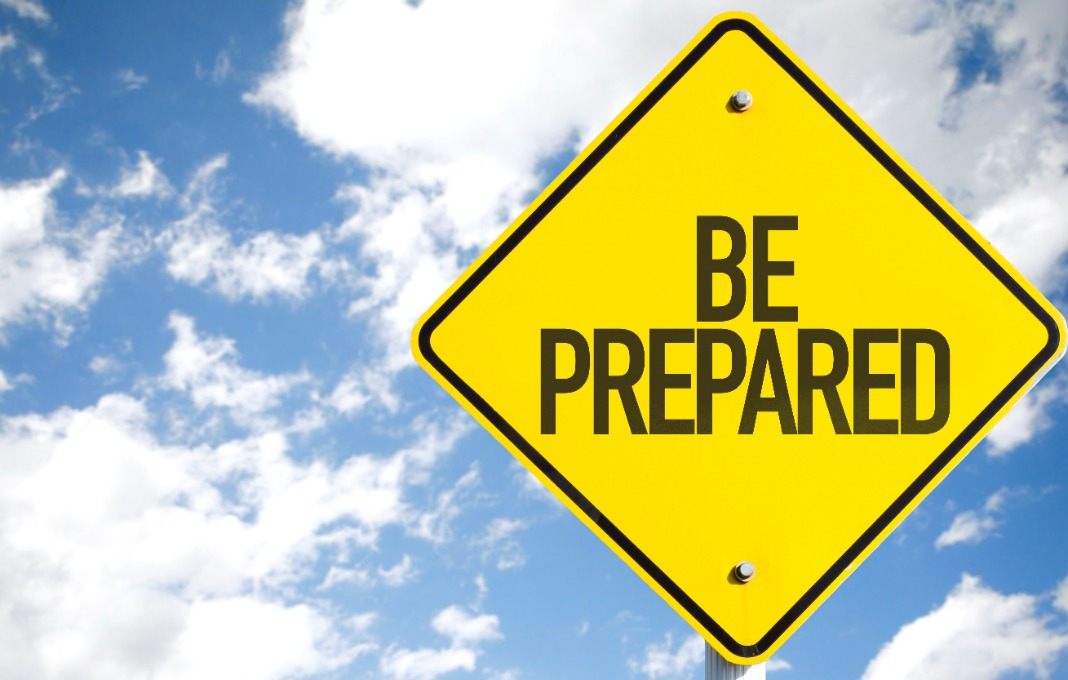Based in Florida, the team at Atlas Professional Services is keenly aware that it’s the middle of hurricane season. This is a precarious period for all coastal businesses, because of the widespread damage and downtime major storms can cause.
But disasters can include much more than just hurricanes. That’s why it’s important that every business has a disaster recovery plan—also known as a business continuity plan—that’s ready to go year-round and takes into account many potential scenarios.
Types of Disasters that Threaten Business Continuity
No universally accepted list of disaster categories exists. However, here are a few types of events that can impact business continuity:
- Natural Disasters: These disasters are events over which humans have no control. This includes hurricanes, of course. But it also includes floods, tornadoes, earthquakes and wildfires, which can damage and disrupt systems that businesses need to operate.
- Technological Systems Failures: These types of disasters include technological hazards involving accidents or failures of systems or structures. For example, utility problems like a power outage can disrupt business continuity.
- Human-Caused Threats: These disasters involve people performing intentional acts that harm businesses. For instance, cyberattacks, theft and employee sabotage to a business’ IT network or devices are all caused by humans.
Why Businesses Need a Disaster Recovery Plan
Keeping in mind that disasters can come in many forms, it’s important that businesses have an iron-clad disaster recovery plan in place at all times. It should outline plans for what the business will do if it experiences events like:
- Power outages
- Disconnected internet
- Server problems
- Damaged equipment
- Disruption to staff and workflow, like inability to access data and files
- Many other potential scenarios that could impact the business’ ability to operate normally
Here are four reasons to build and regularly update your disaster recovery plan:
Maintain Business Continuity
As soon as your network fails, your business starts losing money. So, the ultimate goal of your disaster recovery plan should be to minimize business disruption and keep the business running as smoothly as possible. This means having systems and procedures in place to prevent or shorten potential network downtime following a disaster.
Preserve Customer Satisfaction
Maintaining business continuity means avoiding the frustrations customers may have experienced had your network had gone down. In other words, a business that continues running even after a disaster can better serve its customers and keep them happy.
Stay Compliant
Data loss and downtime could challenge your business with meeting compliance and legal requirements. For example, violating HIPAA, SOX, GLBA and other regulations can lead to significant risk and, potentially, high fines.
Avoid Permanent Data Loss
A solid disaster recovery plan will address data back-up and recovery. This will help ensure your business doesn’t permanently lose important data and files.
How to Prepare for a Disaster
The first step in preparing for a potential disaster is to develop a disaster recovery/business continuity plan.
Work with your internal IT department or managed services provider (MSP), as well as key staff, to build the plan. It should outline how to keep the business running in even the worst-case scenarios during and after a disaster.
After the plan is complete, work with your IT team to put safeguards in place for your company information and data. Also, obtain any systems or equipment the business needs to ensure business continuity should disaster strike.
Part of this should include setting up offsite hosting services as well as file backup on the cloud. That way, businesses can continue operating even if systems are down in the office.
If you go with an offsite hosting provider, consider opting for top-tier service. This should include battery backups and continuous up-time following a disaster. High-level hosting companies have locations built to withstand Category 5 hurricanes, and generator and fuel contracts to keep them running indefinitely until power is restored.
In addition to digitally backing up documentation, make hard copies as a safeguard. Store them in a location that won’t be impacted by the disaster.
Then, test the plan and adjust as needed.
Make sure your employees know their roles and how to respond if a disaster strikes. Running a mock disaster scenario will give employees the chance to practice what to do during a real disaster. This also provides an opportunity to test the plan and make any necessary adjustments, should any issues arise during the practice run.
Work with your IT team to refine the plan after you roll it out to employees. And, run a mock scenario again. Continue to improve the plan until you’re confident your business can run smoothly during and after any disaster.
Many different types of disasters could impact businesses. But those that prepare appropriately will be better positioned to weather any storm.









